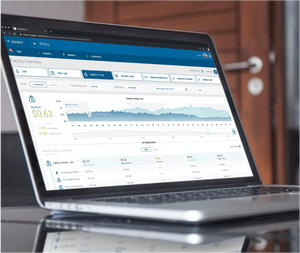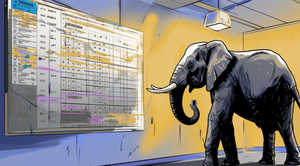


Best Practices for Time-Series Data Modeling: Single or Multiple Partitioned Table(s) a.k.a. Hypertables
Time-series data is relentless, so you know you’ll have to create one or more partitioned tables (a.k.a. Timescale hypertables) to store it. Learn how to choose the best data modeling option for your use case—single or multiple hypertables.


A PostgreSQL Developer’s Perspective: Five Interesting Patches From January’s Commitfest
In this recap of January’s Commitfest, our PostgreSQL developer Chris Travers shares his thoughts on improvements to psql, software development with infinite values, transaction ID wraparound problems, and more.

Downsampling in the Database: Processing Data With Ruby or SQL?
One way to optimize your data processing is by improving data locality when downsampling your data. Watch this talk at RubyConfTH, where we benchmark downsampling data in Ruby against a SQL version powered by Timescale’s hyperfunctions.




Downsampling in the Database: How Data Locality Can Improve Data Analysis
Learn why data locality can be crucial to downsampling data faster and more efficiently, accelerating the work of both devs and businesses. To test this new approach, we benchmarked the LTTB downsampling algorithm in Ruby and compared it with the Timescale Toolkit lttb ().


From Ingest to Insights in Milliseconds: Everactive's Tech Transformation With Timescale
Read how Everactive consolidated its storage solution and benefited from more predictable pricing by moving its metadata from Amazon RDS to Timescale—all while expanding its cloud analytics platform powered by battery-free sensors to developers building their own solutions and services.




How Octave Achieves a High Compression Ratio and Speedy Queries on Historical Data While Revolutionizing the Battery Market
Read how Octave migrated from AWS Timestream to Timescale in search of a more scalable database and is revolutionizing the second-life battery market by collecting, analyzing, and storing large volumes of time-series data.


An Incremental Materialized View on Steroids: How We Made Continuous Aggregates Even Better
A continuous aggregate is similar to a PostgreSQL materialized view, speeding up queries. But rolling up (or downsampling) previously rolled up data can increase calculation speed while decreasing storage needs. Say hi to continuous aggregates on continuous aggregates, courtesy of TimescaleDB 2.9.




How Newtrax Is Using TimescaleDB and Hypertables to Save Lives in Mines While Optimizing Profitability
Bringing the digital world to a conservative industry isn’t easy, but Newtrax is successfully doing it by using hypertables in TimescaleDB to prevent human and machine collisions in mines while optimizing profitability.

Year of the Tiger: 12 (and Then Some) Timescale Highlights of 2022
Join us in celebrating 12 highlights of 2022 (and then some), including launches like one-click forking and replicas, our consumption-based, bottomless object store in Timescale, and the return of in-person events (great to see you!).

12 Days of PostgreSQL Tools and Projects
Developers are busy creatures who don’t always have the time to find helpful, productive tools for PostgreSQL. So, even if you don’t celebrate Christmas, we have a little present up our sleeve: 12 Days of PostgreSQL, a.k.a. 12 PostgreSQL projects you should know. Enjoy!


